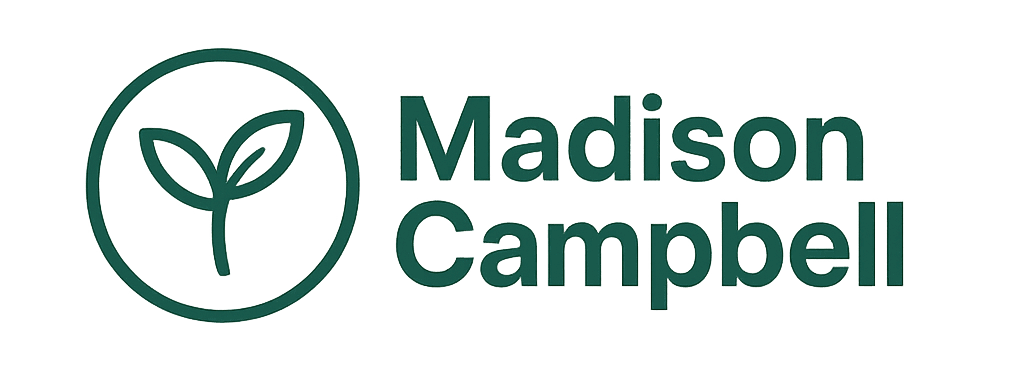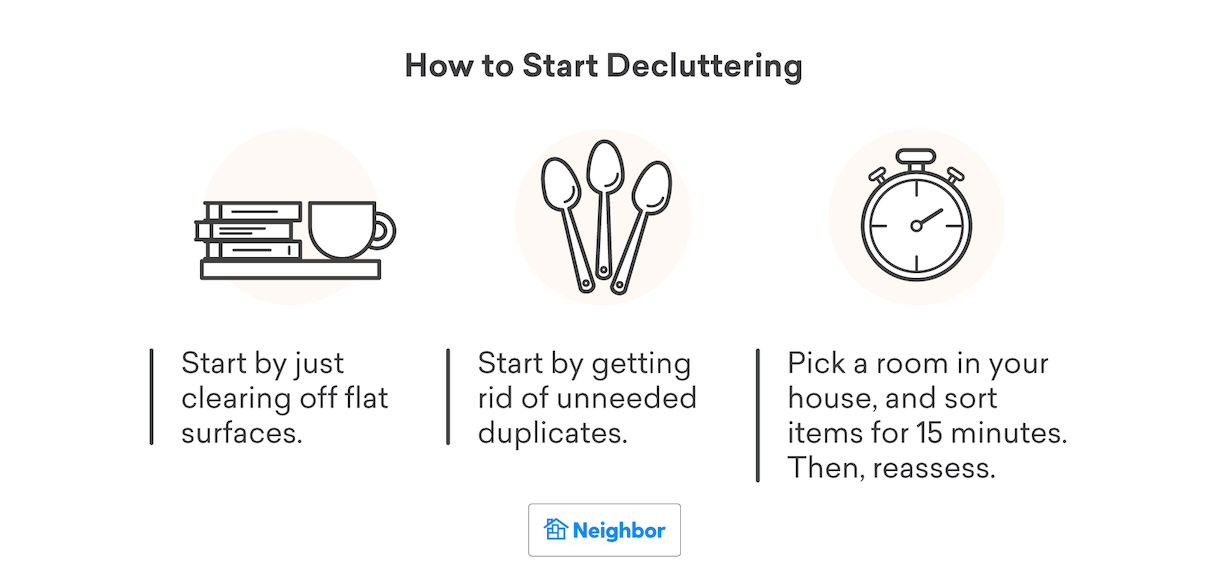Poison hemlock, or Conium maculatum, is a highly toxic plant that poses a significant threat to both human and animal health. Learning how to get rid of poison hemlock is essential for maintaining a safe environment in your yard. This invasive species, often confused with harmless plants such as wild carrot or Queen Anne’s lace, can grow up to ten feet tall and is identified by its hollow, purple-spotted stems and white umbrella-shaped flowers.
How to identify poison hemlock?
Correctly identifying poison hemlock is the first step in its safe removal. Look for its distinctive features:
- Hollow stems with purple spots.
- White flowers arranged in umbrella-like clusters.
- Feathery, finely divided leaves that resemble carrot tops.
- Musty, unpleasant odor when crushed.
It’s vital to distinguish this plant from non-toxic relatives to avoid accidental ingestion or improper handling.
What kills poison hemlock effectively?
There are a few methods to effectively eradicate poison hemlock:
- Chemical herbicides such as Roundup or 2,4-D are potent.
- Consistent mowing can prevent seed formation and spread.
- Soil solarization in summer can kill seeds in the soil.
Always follow the manufacturer’s instructions and environmental guidelines when using herbicides.
How to get rid of poison hemlock naturally?
For those seeking a natural approach:
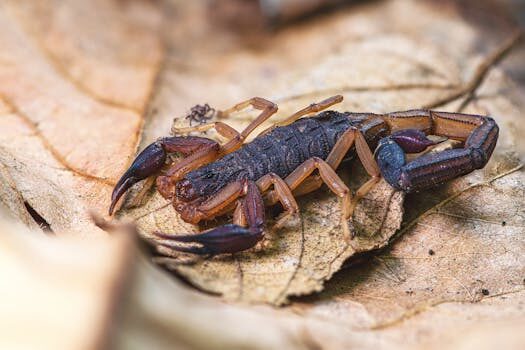
- Manual removal with protective gear is a must, followed by careful disposal.
- Regularly monitoring your yard for new growth and removing seedlings can prevent establishment.
- Mulching can suppress seed germination and growth.
Employing these natural remedies for poison hemlock control is a safer option for those avoiding chemicals.
What to do if you touched poison hemlock?
If you’ve come into contact with poison hemlock:
- Immediately wash the affected area with soap and water.
- Avoid touching your face or any other areas to prevent toxin spread.
- Seek medical attention if you experience symptoms such as skin irritation, dizziness, or difficulty breathing.
Best Herbicide for Poison Hemlock: A Comprehensive Guide
Selecting the best herbicide involves understanding the plant’s lifecycle and the specific herbicide’s mechanism. Products containing glyphosate (Roundup) or 2,4-D have been proven effective. They should be applied when the plant is actively growing for the best absorption and efficacy.
Preventing Poison Hemlock From Spreading in Your Garden
Prevention is critical in managing poison hemlock:
- Regular inspections for early detection.
- Maintain a healthy, dense lawn to outcompete seedlings.
- Use landscape fabric or mulch in garden beds.
- Dispose of plant material properly to prevent seed spread.
Understanding the dangers of poison hemlock and maintaining vigilance is essential for prevention.
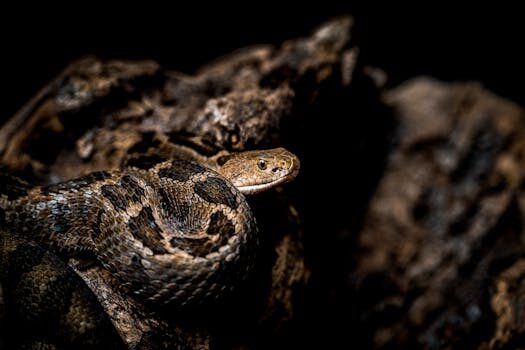
 How to get rid of flea beetles: top tips for deterring these pests
How to get rid of flea beetles: top tips for deterring these pestsFrequently Asked Questions on Poison Hemlock Management
Will vinegar kill poison hemlock?
Vinegar can be an effective organic herbicide due to its acetic acid content. However, its efficacy may vary depending on the concentration and the plant’s stage of growth. It is most effective on young, small plants.
For larger infestations, more potent solutions or multiple applications may be necessary.
What is the best product to kill poison hemlock?
Products containing glyphosate or 2,4-D are widely considered the best for killing poison hemlock. These systemic herbicides are absorbed through the foliage and transported to the root system.
Choose a product based on the size of the infestation, and always consider the environmental impact.
Can Roundup kill poison hemlock?
Yes, Roundup, which contains glyphosate, can be effective against poison hemlock. It should be applied when the plant is actively growing for maximum uptake.
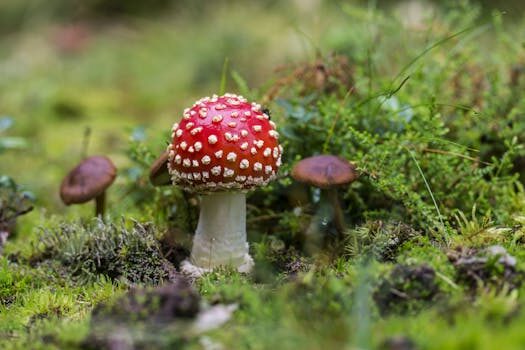
Ensure that you follow all safety precautions and application guidelines when using this product.
Is it okay to burn poison hemlock?
Burning poison hemlock is not recommended due to the risk of inhaling toxic fumes. Additionally, burning may not destroy the seeds, potentially leading to further spread.
Proper disposal methods such as bagging and removing the plant material are safer and more effective.
In the middle of our discussion, it’s valuable to mention a helpful visual resource.
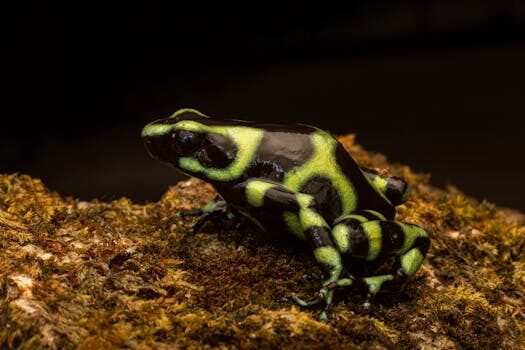
Remember, managing poison hemlock in your yard is about safe ways to handle poisonous plants, from identification to disposal. Stay informed, stay safe, and keep your garden hemlock-free.
 Fiddle leaf fig propagation: get more plants for free with our tips
Fiddle leaf fig propagation: get more plants for free with our tips